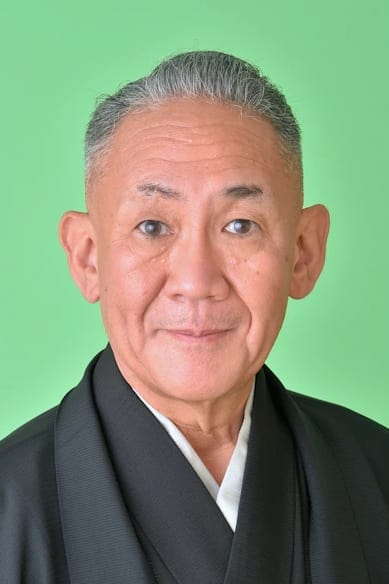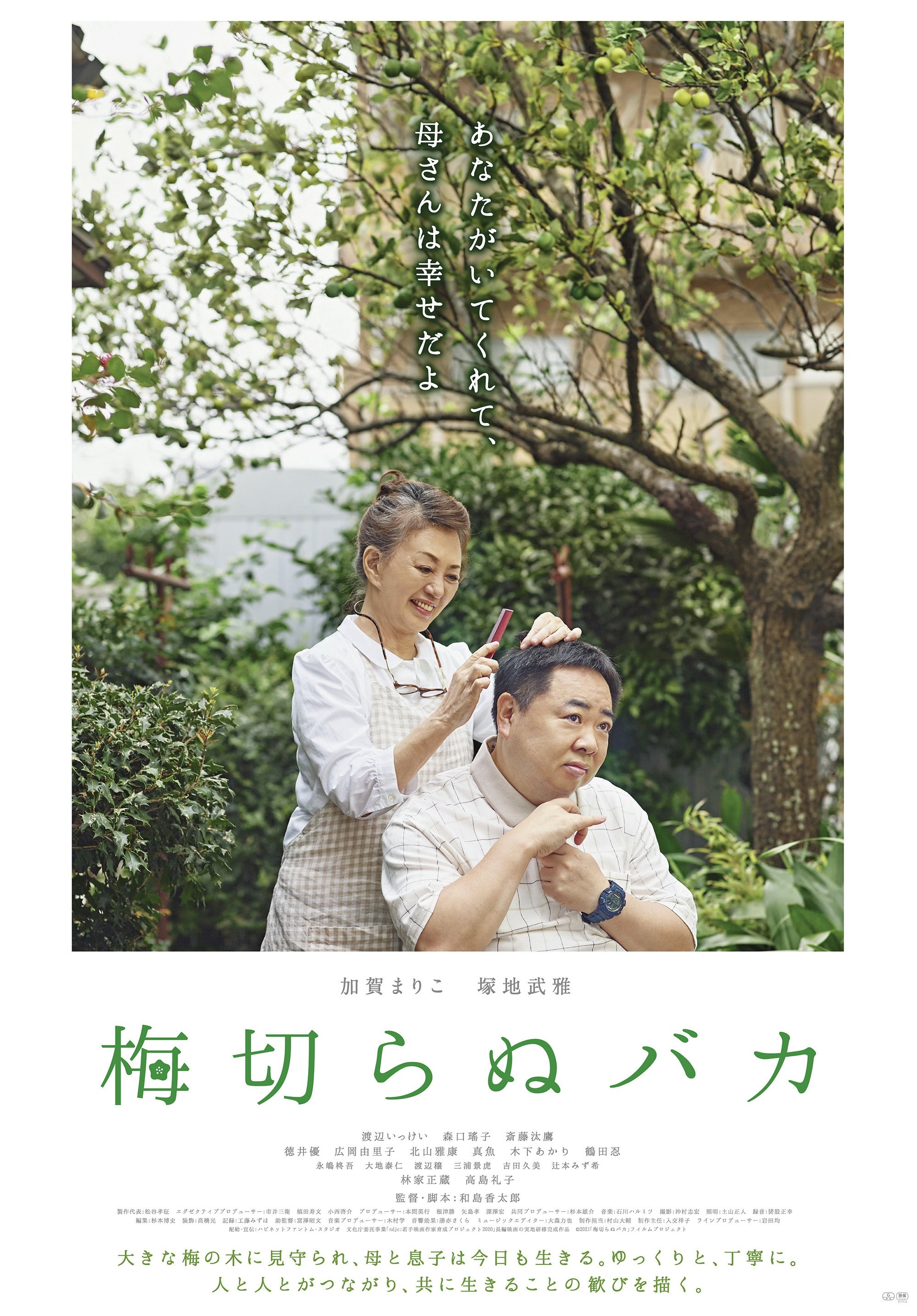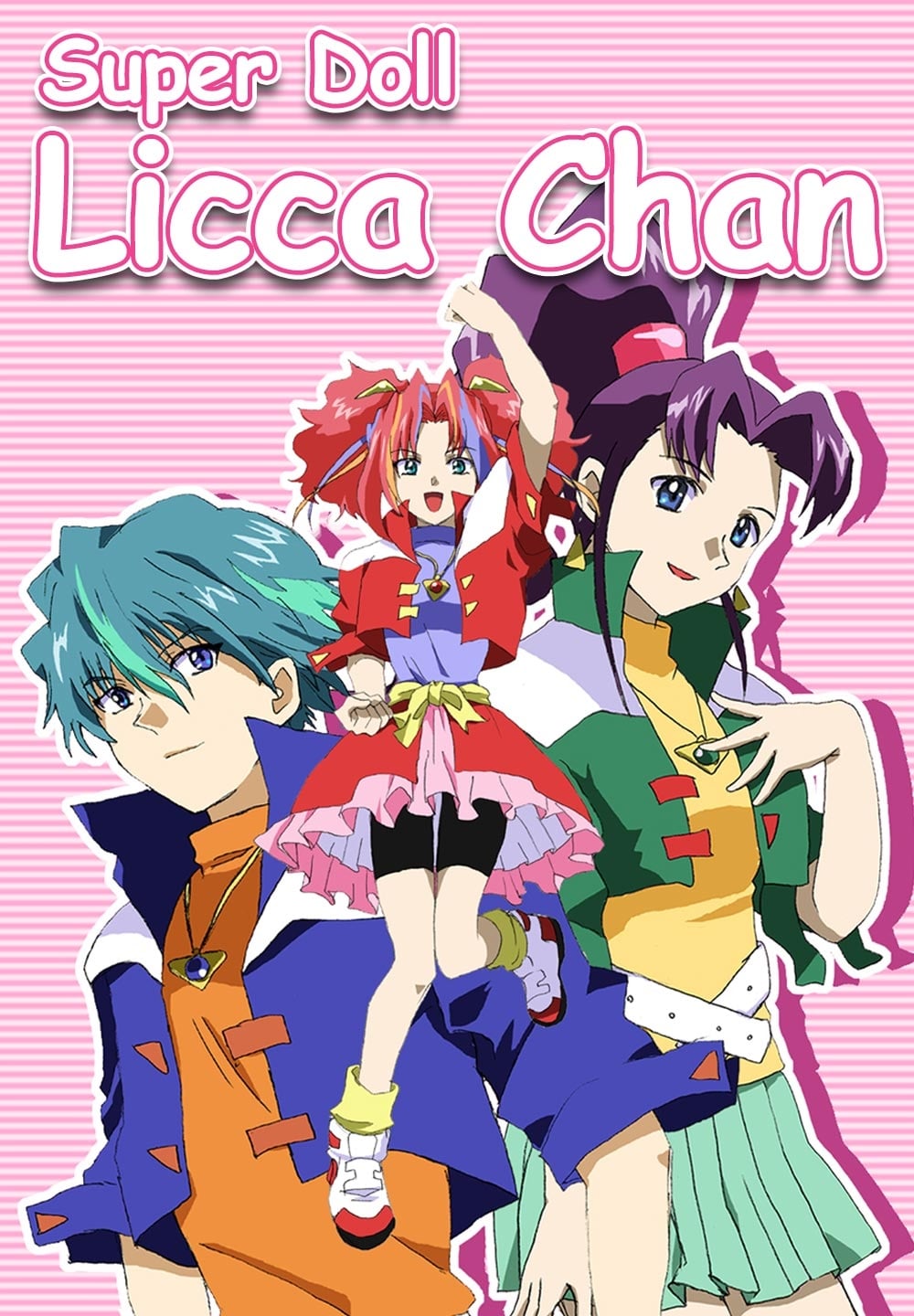



An old house stands amongst newly built buildings, as if it has been left behind. Tamako, a popular fortune teller, has been living there alone with her son, Tadao, for years. Because he has intellectual disability and autism, their neighbors often complain about his unpredictable behaviors. One day, Tamako is informed that a room is available in a group home owned by a company that runs the community workshop Tadao works at. Residents there all have intellectual disability but are living together to be independent from their families. Tamako decides to let Tadao move into the group home, but the sudden change of environment confuses him.

Set towards the end of World War II, Kaede Itakura, who leads kindergartners, and Mitsue Nonomiya, who enjoys music, persuades the parents at the school to take their children out of Tokyo. They seek shelter at an abandoned temple in Saitama while Tokyo is bombed.

At the Hirata home, three generations of their family live together. A crisis ensues when one afternoon, housewife Fumie falls asleep and wakes up to find a thief has stolen her secret money she kept hidden in the refrigerator.

Several years after Shuzo settled his wife’s birthday-surprise divorce proposal (What a Wonderful Family, 40th), the Hirata family faces new problems. Ignoring his family’s worry that he is too old to drive, Shuzo takes his old schoolmate for a spin after carousing. Soon, a new disturbance arises for the Hirata family. Veteran director Yamada Yoji continues his comedy about the “perfect“ Japanese family turned upside down in chaos, laughters and understanding. This time, with an additional taste of death.

A husband and wife have been married for 50 years. For her birthday, the husband asks the wife what she wants for her birthday present. She replies that she wants a divorce. The wife's divorce announcement sends the entire family into chaos.

Bringing in prominent figures from various fields such as drama, music, variety, classical performing arts, culture, and academia, who are active at the forefront of their respective domains, for an exceptional talk show with the veterans of the entertainment world.

Ando Natsu is a heartwarming story rich in Japanese aesthetics and culture set in historic Asakusa, Tokyo. Follow Natsu as she strives to achieve her dreams and discovers the wealth of warmth and tradition in the community she finds herself welcomed into.

Super Doll★Licca-chan (スーパードール★リカちゃん Sūpā Dōru Rika-chan?) is TV anime series which ran on TV Tokyo from 1998–1999. Kodansha also serialized a manga based on the anime series in its monthly manga magazine Nakayoshi. The story follows an ordinary elementary school girl named Licca Kayama and the strange circumstances surrounding her origins, as well as the origins of her protector, Doll Licca. The series is an original story spin-off inspired by the long-selling and popular Takara doll lineup "Licca-chan", created by Miyako Maki, designed to expand the regular dress-up doll series into a line of action figures. However, the new figures were only a mild success, and did not remain in production for long.
By browsing this website, you accept our cookies policy.